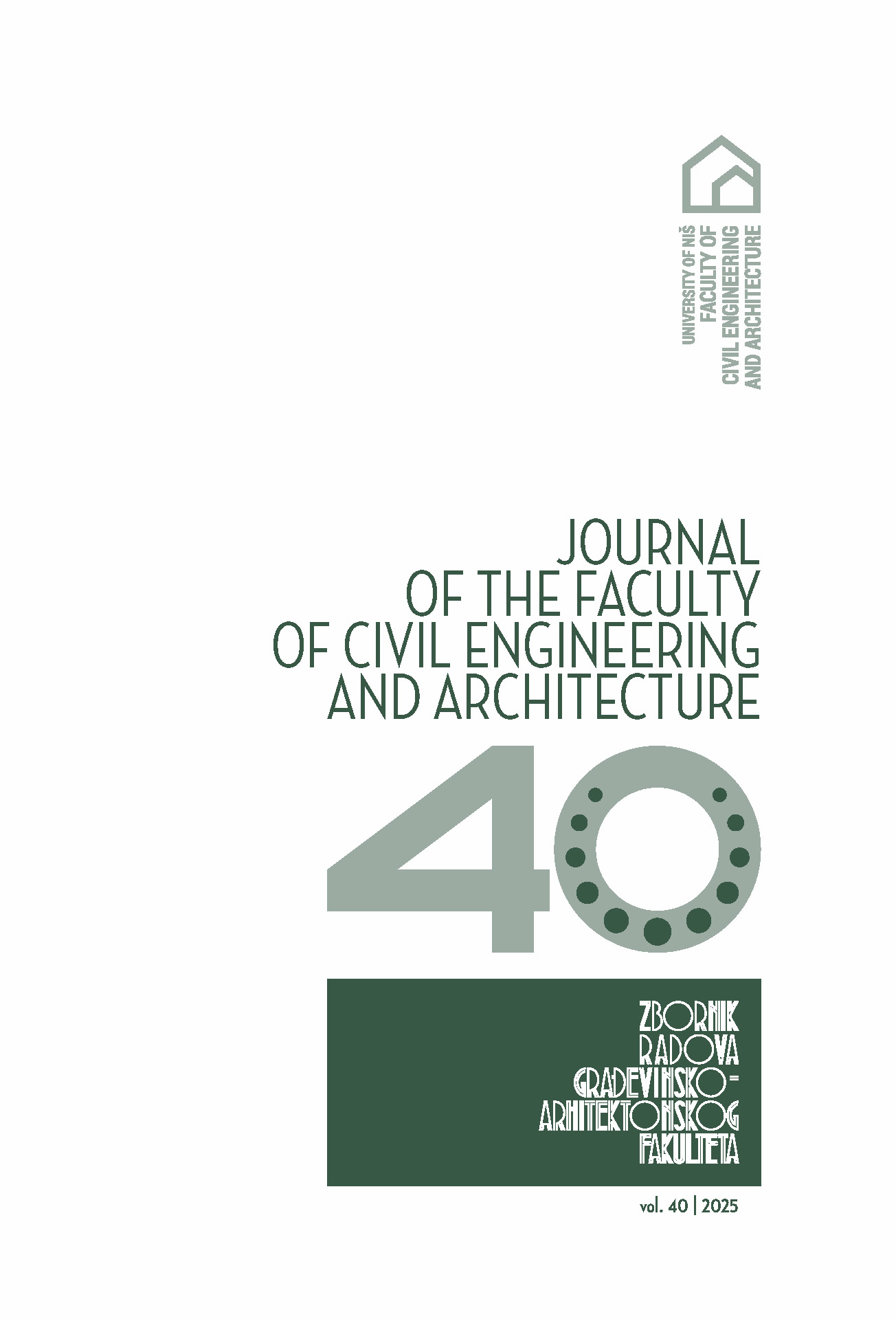Road Directorate of Canton Sarajevo , Sarajevo , Bosnia and Herzegovina
University of Tuzla , Tuzla , Bosnia and Herzegovina
“Euro-Asfalt” d.o.o. , Sarajevo , Bosnia and Herzegovina
“PPG” d.o.o. , Sarajevo , Bosnia and Herzegovina
Excavation of tunnels with a small overburden inevitably implies surface settlements, especially when they are carried out in soft soil or weak rock masses. Subsidence becomes a critical aspect when the construction of tunnels is realized in narrower urban areas, directly below occupied residential buildings. Taking as an example the Kobilja Glava tunnel, which will represent part of the main project connecting Vogošća with Sarajevo and at the same time the connection of the narrowest city center of Sarajevo with the A1 motorway on the Vc corridor, surface deformations were monitored during the excavation and installation of the primary support of the left tunnel tube. Special attention was dedicated to excavation from the entrance side on a certain section of the tunnel where the height of the overburden was less than 2D. During the excavation of the left tunnel tube of the Kobilja Glava tunnel, which was carried out from the entrance portal at chainage km 3+543,202 in the direction of Vogošće, multiple surface settlements were measured from the very entrance to the place where the excavation was stopped (chainage km 3+615,56) compared to the predicted values obtained by assessment. The main reason for stopping the further progress of the excavation of the left tunnel tube from the chainage km 3+615.56 lies in the fact that the direction of the geological layers coincided with the direction of the progress of the excavation, which had a significant negative impact on the movement of the soil itself, and therefore on the increase surface deformations. After a comprehensive analysis of the above, as well as consideration of optional possibilities, it was decided to approach the excavation of the left tunnel tube from another attack point, i.e. to start the excavation from cross passage No. 1 in the direction towards the entrance. In this way, it was possible that the direction of the geological layers under these cirrcustamces positively contributes to the reduction of surface subsidence caused by the progress of the tunnel excavation by over 50%.

The statements, opinions and data contained in the journal are solely those of the individual authors and contributors and not of the publisher and the editor(s). We stay neutral with regard to jurisdictional claims in published maps and institutional affiliations.